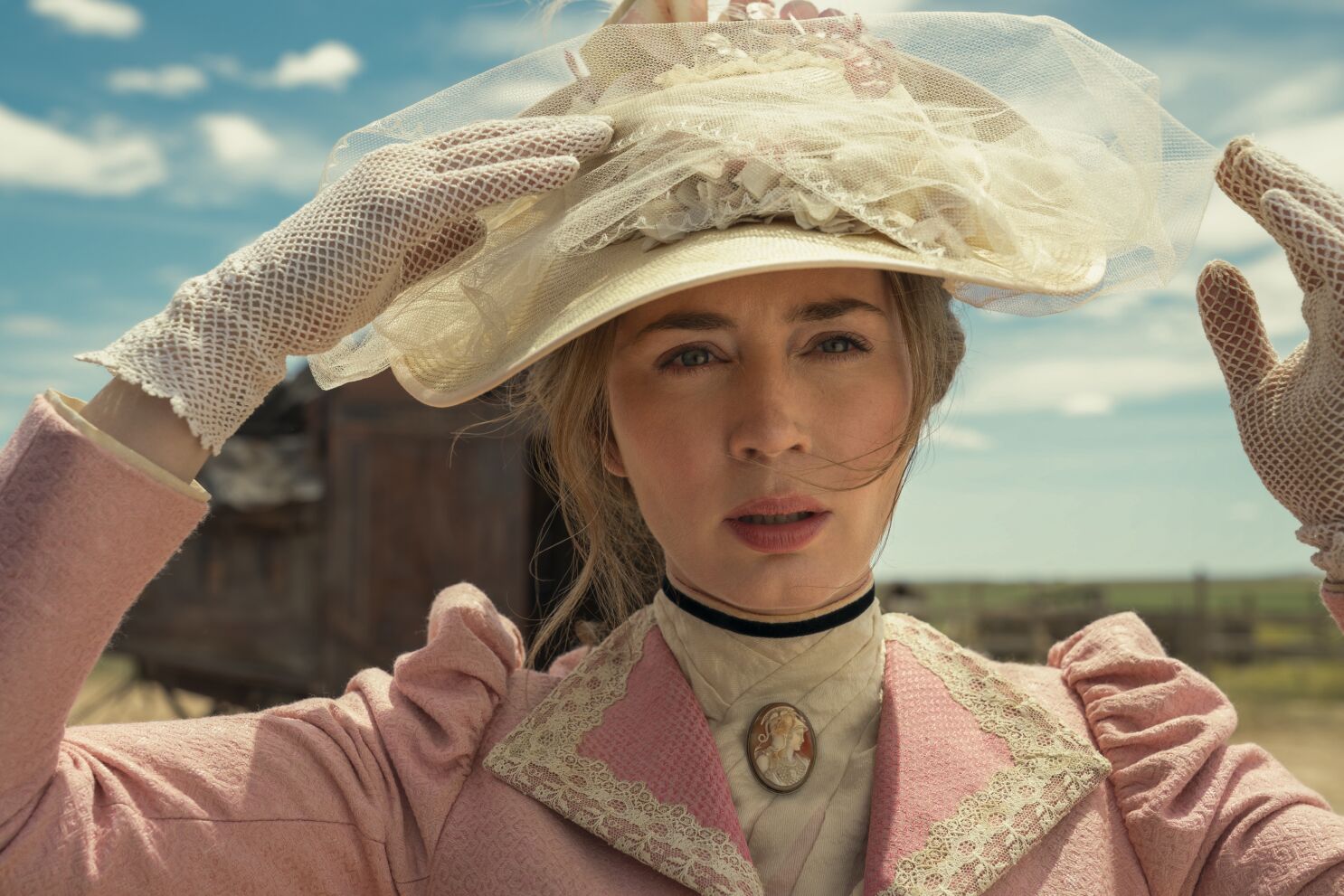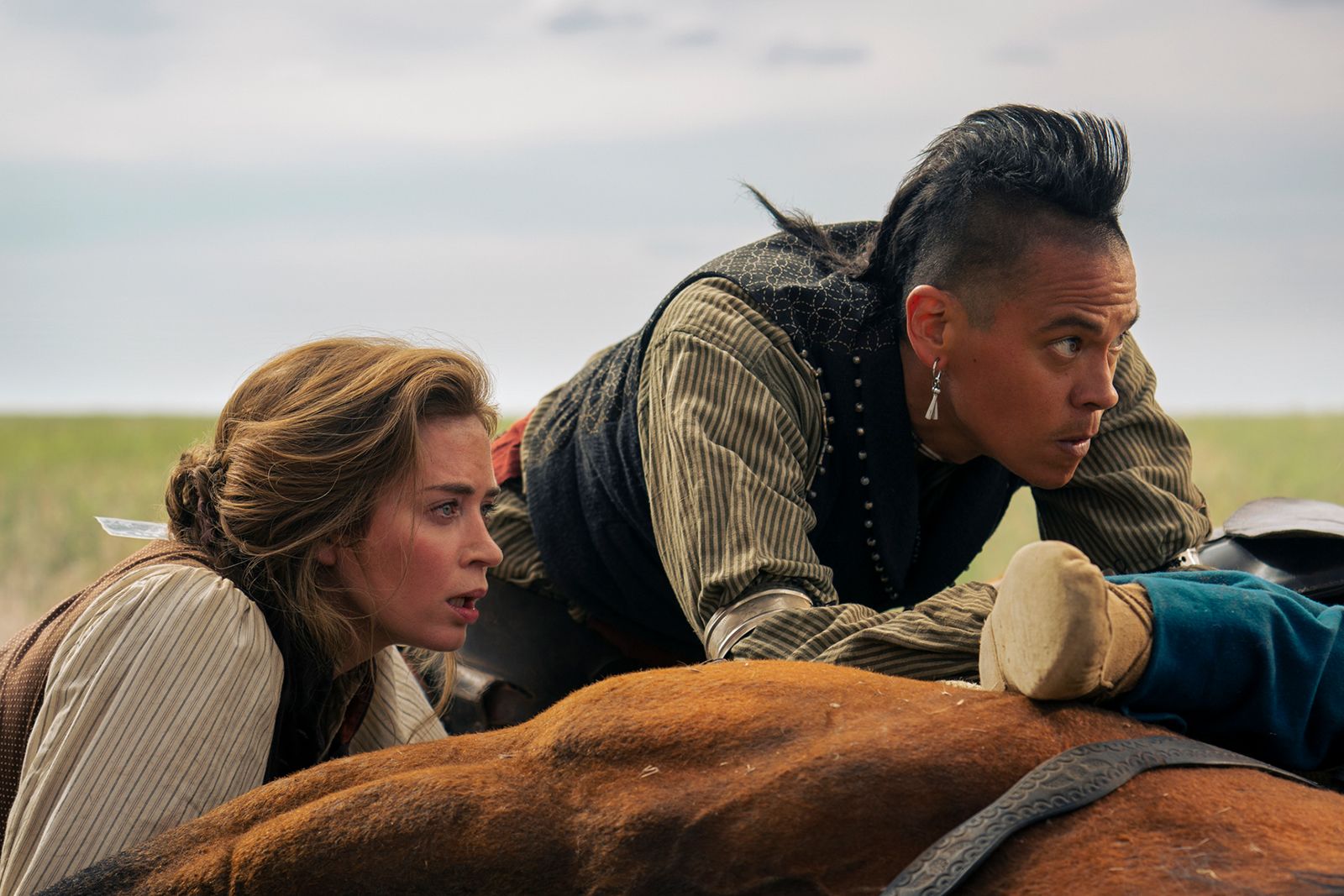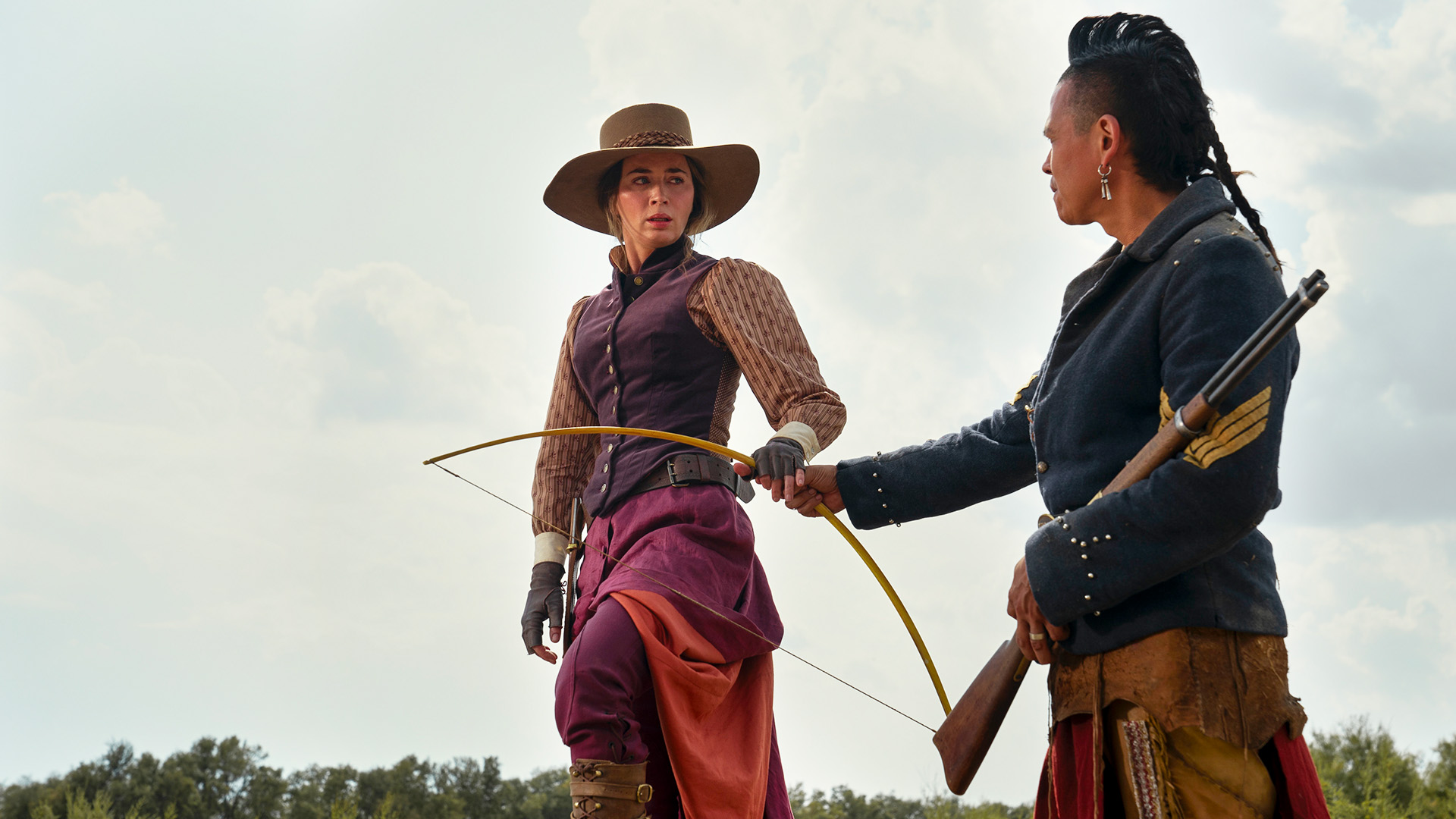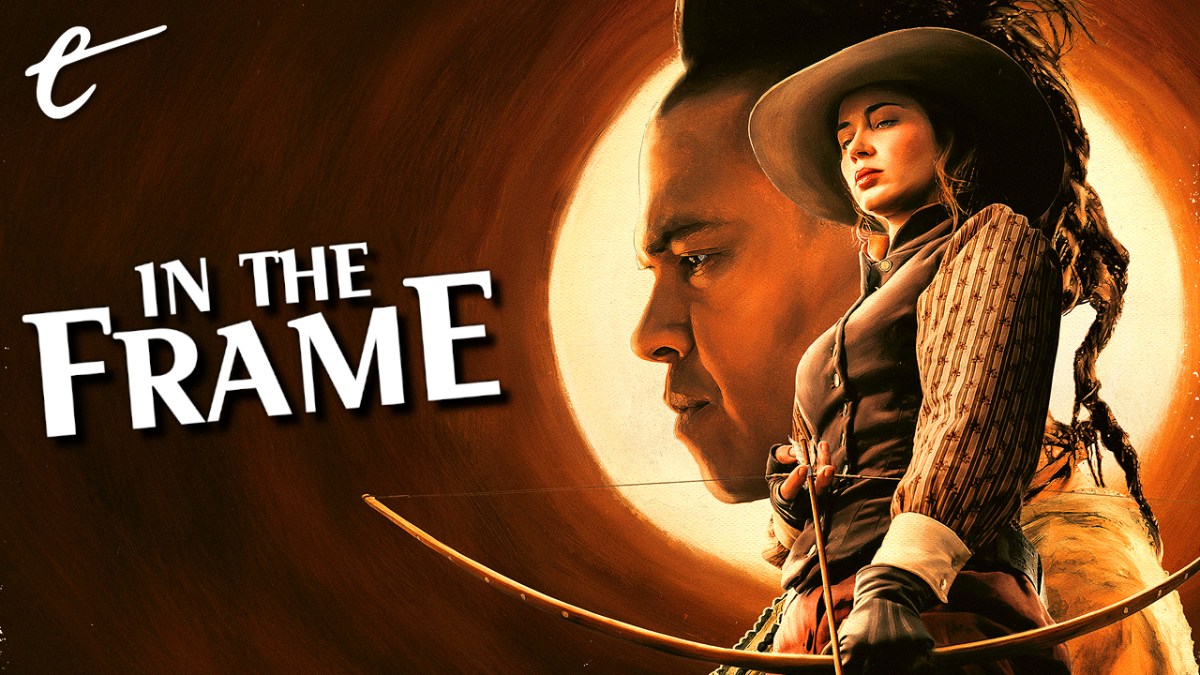The western is a quintessentially American genre. Patricia Nelson Limerick described it as “a creation myth.” It has been retold and recreated in stage shows, pulpy paperbacks, and cinematic epics.
Because American culture is so ubiquitous, and because the western is such a large part of that culture, it makes sense that other countries have tried to put their own spin on the template. Places like Ireland, South Korea, and India have all adapted the language of the western to tell stories anchored in their own history. However, other countries have offered a more direct kind of adaptation, telling stories that not only draw from the genre template, but also take place in the American West itself.
The ”spaghetti” western is perhaps the most famous example of this subgenre, the wave of brutal and violent European movies that swept into American cinema during the late 1960s and into the 1970s. The most famous of those came from directors like Sergio Leone or Sergio Corbucci. They offered a darker take on the genre, in contrast to the more polished American films. These are the westerns celebrated by Quentin Tarantino in movies like Django Unchained and The Hateful Eight.
The English is a love letter to the spaghetti western. The miniseries even shot in Spain, which has made itself a reliable backdrop for those European directors looking to create a version of America on their own side of the Atlantic Ocean. The English shot in Avila, outside of Madrid, to the north of traditional western shooting locations like the Tabernas Desert. The cast is populated with European actors, from Irishmen like Stephen Rea and Ciarán Hinds to Britons like Emily Blunt and Rafe Spall.
More to the point, the series quotes regularly from directors like Leone and Corbucci. Writer and director Hugo Blick likens the work of composer Federico Jusid on the series “to Ennio Morricone, to John Barry and to Clint Eastwood’s work.” The show’s cutout animation opening credits recall the iconic opening titles of classic westerns like A Fistful of Dollars and The Good, the Bad and the Ugly. The English immediately and deliberately situates itself within the history of the spaghetti western.

It might initially seem strange to see a spaghetti western from a British writer and director, with a largely British and Irish cast, co-produced by the BBC. Even the show’s name seems provocative; the title of The English suggests “the old world” from which many of the pioneer characters of the genre had fled. There is an inherent tension woven through that, the idea of taking something that is fundamental to American culture and filtering it through the prism of the country from which it gained independence.
This dynamic informs the British relationship to the genre. “British westerns are obviously a contradiction in terms,” mused Luke McKernan in 1999. “We don’t have the West — we lost it in 1776, and no amount of pretending Australia or South Africa can act as substitutes will change the fact. Nevertheless there has been this stubborn strain throughout British film history which resents 1776, and has been trying to get back at the Americans ever since their cinema first became dominant in the early years of this century.”
Edward Buscombe observed that “there’s something about the English that is inherently un-western.” Paul Simpson wryly quipped that “Britain’s contribution to the western has been on par with Switzerland’s contribution to naval warfare.” It is easy to understand why the idea of “a British western” would seem ridiculous. In practical terms, Britain does not even have a desert. Allowing for Hadrian’s Wall to the north, its frontiers have historically been oceanic.
At the risk of being reductive, the western also seems at odds with stereotypes of British culture as “reserved, repressed, resilient, unemotional and self-controlled.” The frontier mythology is largely about casting off so much of what defines British identity. It is a world of passion and social mobility, a space where people can break with the past and make a fresh start. This is opposed to the British foundational myth of hereditary monarchy, one rooted in the logic of continuity and stability.

Still, England has always been fascinated by the western as a mythology. Film historians have long argued that the first cinematic western was The Great Train Robbery, released in 1903. However, recent discoveries suggest that honor might actually belong to Kidnapped by Indians, which was shot in Blackburn, England in 1899. It spoils very little about The English to reveal that the show is keenly aware of this recently unearthed history.
Perhaps because the two cultures seem so diametrically opposed, Britain has a long history of treating the western genre as a curiosity. After all, Britain had been one of the first countries to import the myth of the west from America, with William “Buffalo Bill” Cody performing at the American Exhibition in London in 1887. There is a heightening that takes place in this translation, a sense of abstraction from a culture fascinated by the western but no experience of the West itself.
Sheldon Hall has coined the term “roast beef western” to describe British riffs on the genre, an obvious allusion to the spaghetti westerns from Continental Europe. It is perhaps revealing that many of the more famous examples within that model, including Carry On Cowboy and A Fistful of Fingers, are absurdist parodies of the western. There is something inherently ridiculous about a British movie trading in the tropes and conventions of that classic American narrative.
This is also evident looking at television. Between April and May 1966, Doctor Who would offer “the first British western made for television” with its four-part serial, “The Gunfighters.” In its early days, Doctor Who served an educational purpose by taking the characters and the audience back to historical settings in serials like “Marco Polo,” “The Aztecs,” or “The Crusade.” However, when the show visited the Old West, it transformed into something of a goofy and surrealist comedy.

Not everybody got the joke. In the years and decades after the serial originally aired, as fans approached the serial without the original context, it developed a reputation as “a failed historical at best, and a failed Doctor Who story generally.” Only in recent decades has “The Gunfighters” been embraced as a postmodern parody of the western rather than a failed example of the genre, with younger critics helping to “reappraise” the serial as “a comic masterpiece” during the 1990s.
The English belongs to this tradition. The show is not a comedy, dealing with hefty themes in a mature and considered way. However, the show does lean into a heightened reality. Its characters often seem more like grotesque cartoons than real human beings. The imagery is frequently absurd, with Richard M. Watts (Hinds) operating a hotel in the literal middle of nowhere and Sebold Cusk (Toby Jones) having improvised a remote shotgun defense for his old carriage.
Of course, no history of British westerns would be complete without acknowledging the influence of British cinema on the spaghetti western genre in Continental Europe itself. In 1958, American director Raoul Walsh would shoot The Sheriff of Fractured Jaw with British film producer Daniel Angel. The Sheriff of Fractured Jaw would shoot in Pinewood Studios in England, before moving to Aragon in Spain. According to Marilyn Moss, this was the first time a western was shot in Spain.
British filmmakers were heavily involved in the emergence of the spaghetti western, with James Prickette boasting that “the Brits got there first.” Released in November 1961, The Savage Guns has been described as the very first spaghetti western. However, given debates over classifying the genre and arguments over release dates, it may be more diplomatic to classify it as “one of the first spaghetti westerns.”
The Savage Guns was directed by Michael Carreras, a fixture of the British film industry who would go on to become the head of Hammer Films. It was based on a story by Peter R. Newman, who wrote for both Hammer Films and Doctor Who. While the spaghetti western is understandably more commonly associated with Italy and Spain, it seems safe to suggest that British filmmakers were a major part of that emerging cinematic movement.
As such, The English exists in a sweeping historical context, the latest chapter in Britain’s long and complicated history with the foundational American genre. The British aren’t new arrivals; they’ve been here since the beginning.





